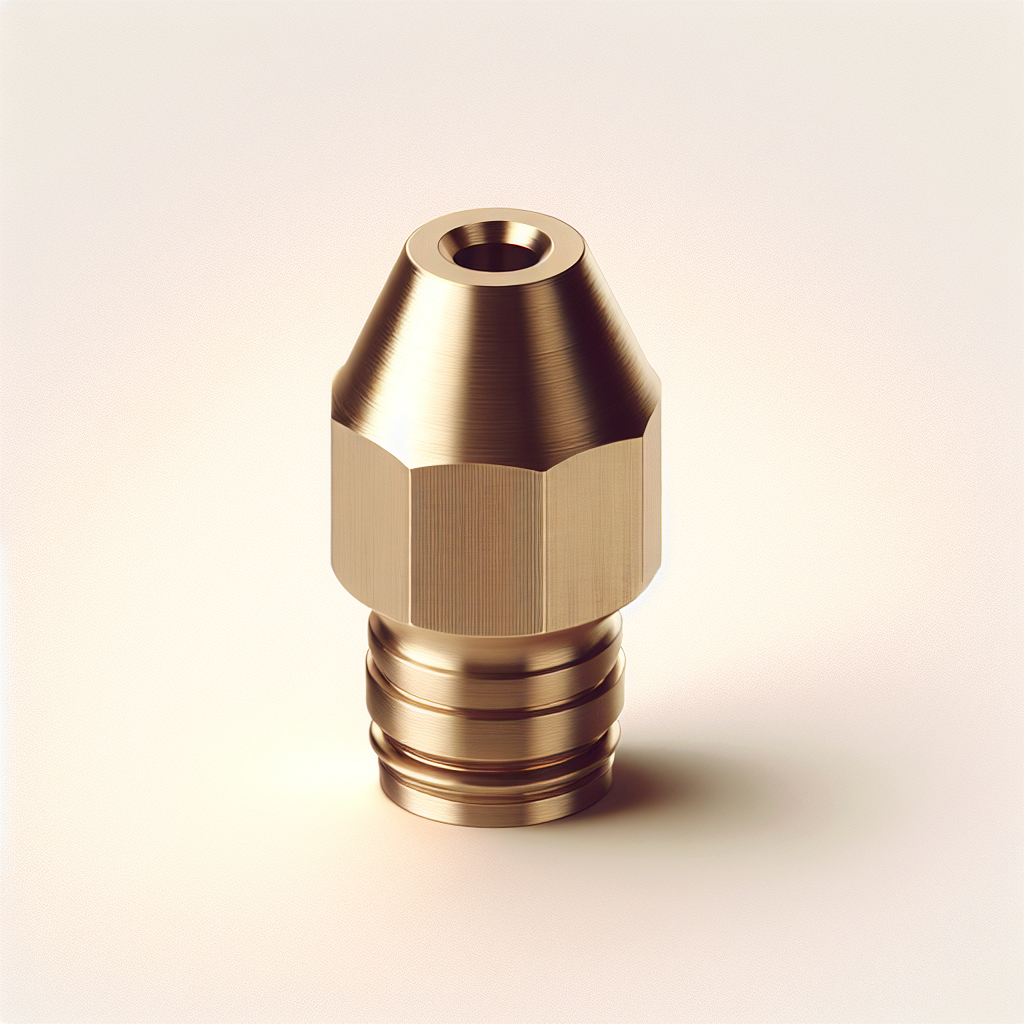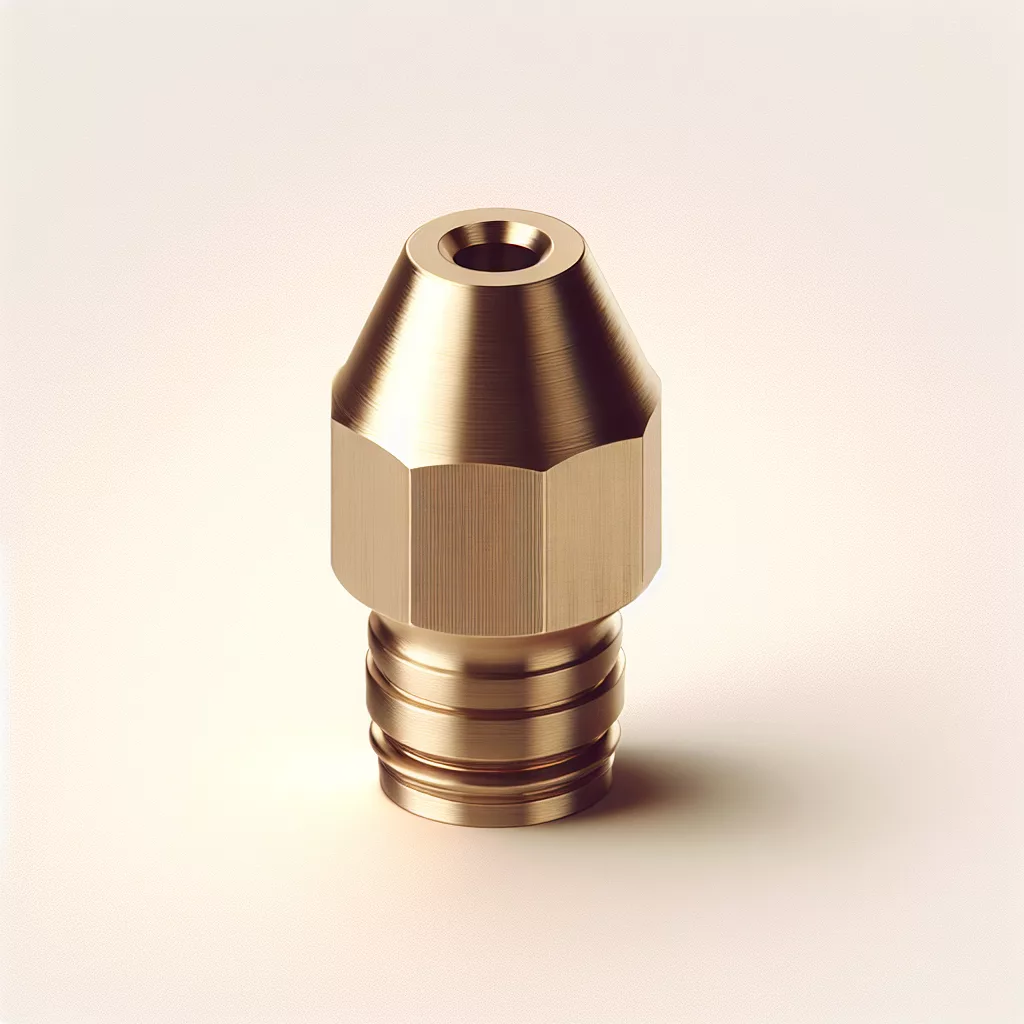Choosing the right nozzle for your 3D printer can significantly improve your printing quality, efficiency, and overall experience. Different materials demand different nozzle types, materials, and sizes to achieve optimal results. In this guide, we will explore the best nozzles available for various 3D printing materials to help you make an informed decision.
Why Does Nozzle Selection Matter?
The nozzle is one of the smallest yet most critical components of your 3D printer. It determines how well filament flows, defines print resolution, affects layer adhesion, and influences the durability of the components you print. The material, diameter, and design of the nozzle can each play a crucial role in your print’s success.
Choosing Nozzle Materials: Brass vs Stainless Steel vs Hardened Steel vs Ruby
Brass Nozzles
Brass is the classic, most common nozzle material. Brass nozzles are affordable, provide excellent heat conductivity, and are suitable for standard filaments such as PLA, ABS, and PETG. However, brass is relatively soft, making these nozzles less ideal when using abrasive filaments.
Stainless Steel Nozzles
Stainless steel nozzles offer greater durability and resistance to abrasive filaments compared to brass. They also are chemically inert and food-safe, making them ideal for FDA-approved filaments and medical-grade printing. However, they have lower thermal conductivity than brass, requiring slightly higher temperature settings.
Hardened Steel Nozzles
If you frequently print with abrasive materials such as carbon fiber, glow-in-the-dark filaments, or metal-infused filaments, hardened steel is the ideal choice. These nozzles are wear-resistant and durable, capable of long-term use without significant deterioration. Hardened steel nozzles have slightly reduced heat conductivity compared to brass and require a slightly higher printing temperature.
Ruby-tipped Nozzles
Ruby-tipped nozzles, such as the Olsson Ruby, provide the highest resistance to abrasion due to their ruby gemstone tip. These nozzles combine excellent conductivity from a brass or copper base with extreme hardness from the ruby tip, making them perfect for all kinds of abrasive materials, from carbon fiber to metal composites. Ruby-tipped nozzles are the most expensive but offer unmatched durability for professional and industrial-grade 3D printing.
Best Nozzles for Common 3D Printing Materials
PLA and ABS
Recommended: Brass Nozzle
PLA and ABS are non-abrasive, standard filaments that are easily printable with brass nozzles. Brass provides excellent thermal conductivity, ensuring quick heating and consistent extrusion.
PETG and TPU
Recommended: Brass or Stainless Steel Nozzle
PETG and TPU are moderately abrasive and sticky materials. While brass nozzles still perform adequately, stainless steel nozzles offer increased wear-resistance and easier maintenance, making them a wise upgrade for frequent PETG or flexible filament users.
Nylon, Carbon Fiber, and Glass Fiber Composites
Recommended: Hardened Steel or Ruby-tipped Nozzle
Composite filaments such as nylon carbon fiber or glass fiber composites are highly abrasive and quickly wear down standard brass nozzles. Hardened steel or ruby-tipped nozzles provide unmatched durability and lifespan in these conditions.
Wood and Metal Infused Filaments
Recommended: Hardened Steel Nozzle
Wood-infused and metal-infused filaments contain particulate materials that can erode brass nozzles over time. Hardened steel is more durable and ensures consistent prints without frequent nozzle replacements.
Food-grade or Chemical Resistant Prints
Recommended: Stainless Steel Nozzle
For filaments certified as food-grade or chemical-resistant materials, stainless steel nozzles ensure no contamination and provide excellent chemical resistance. Stainless steel is FDA-approved and ideal for hygienic or medical applications.
Selecting the Right Nozzle Diameter
Nozzle diameter also plays an important role in print quality, detail, and speed. Smaller nozzles (0.2mm – 0.4mm) offer higher resolution and more intricate details, whereas larger nozzles (0.6mm – 1.2mm) offer much faster printing speeds and stronger, thicker layers.
- 0.2mm – 0.4mm: Highly detailed prints, suitable for miniature models, figurines, and high-resolution prototypes.
- 0.5mm – 0.8mm: Good balance of speed and detail, suited for general use and larger, functional parts.
- 1mm+: Ideal for large-scale prints, fast prototyping, and robust functional components.
Maintenance and Best Practices for 3D Printing Nozzles
Regardless of which nozzle material you choose, proper maintenance will extend its lifespan and improve print quality:
- Regular Cleaning: Perform regular cold pulls to remove filament residue and maintain optimal extrusion.
- Temperature Control: Use the correct temperature settings to prevent clogs and ensure smooth extrusion.
- Proper Storage: Store spare nozzles in a dry and clean environment to prevent corrosion and contamination.
- Replace Worn Nozzles: Monitor your nozzle’s condition regularly, especially when printing abrasive materials, and replace worn nozzles promptly to maintain print quality.
Final Thoughts
Choosing the best nozzle for your 3D printing material is essential for achieving superior results. Matching the right nozzle material and diameter to your filament and desired outcomes ensures better performance, durability, and consistency. Investing in high-quality nozzles and maintaining them properly is a small step that makes a significant difference in your 3D printing journey.


Leave a Reply